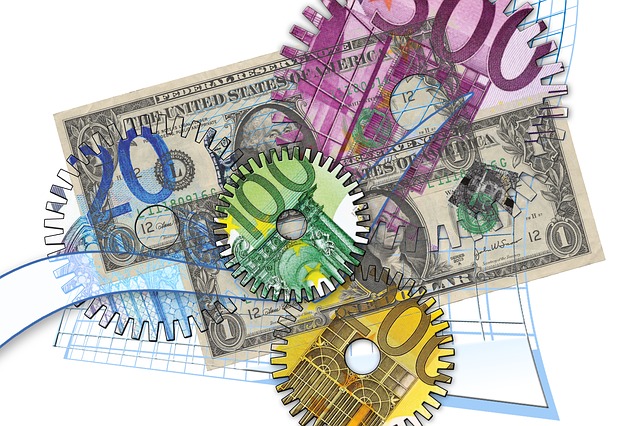BNY Mellon: HKD Revisited

By Neil Mellor, Senior Currency Strategist BNY Mellon
• Is the HKD heading into a new liquidity regime?
• Care must be taken for the sake of the SAR's economy
• Downside risks to USD/HKD point to higher volatility
Since 2015, when the Fed began to normalize US interest rates, the aggregate balance in Hong Kong’s clearing accounts – the ‘funding balance’ – has fallen steadily, from over HKD 400bn at its peak, to just over HKD 50bn at the start of this month, or the lowest since the 2008 crisis.
Although this reduced balance has slowly but surely underpinned rising HIBOR rates, liquidity has remained ample, and outpaced by US interest rates, the spread between the two has actually worked in the USD’s favor.
Accordingly, with the three-month spread hitting its highest level since the global financial crisis in March last year, USD/HKD has spent much of the interim period pressed-up against the top of its 7.75-7.85 trading band – something which has obliged the HKMA to intervene repeatedly.
This in turn this has kept the market on tenterhooks amid the possibility of the HKMA addressing excess liquidity directly, rather than its symptoms, via the issuance of Exchange Fund Bills and Notes.
This is the context for the price action this week: overnight HIBOR spiked 90bps higher yesterday to reach its highest level since the start of the year and this accompanied a slump in USD/HKD, also to its lowest level in 2019. Although the HKD has since recovered its footing, inevitably, questions are being asked as to whether the HKD is heading into a new regime of tighter liquidity.
The HKMA will certainly be wary of any sudden and marked reduction in liquidity provision. Ongoing uncertainty surrounding US and Chinese relations has hurt the SAR's real economy and soured business/consumer confidence, which helps to explain why retail sales fell by 10.1% y/y in February – the biggest fall in over three years.
And certainly, any untoward rise in interest rates would threaten the revival in the price of property, which is so integral to the SAR’s economic health.
Nevertheless, with the potential for a move to the downside opening up, volatility in USD/HKD may be set to rise. Firstly, the 3m HIBOR/USD LIBOR spread has been creeping lower in recent weeks (courtesy of higher HK rates and falling US rates) and clearly, this makes USD-carry a less attractive proposition. Secondly, a bigger downside risk may be posed by another carry trade.
One of the recent sources of downward pressure on the HKD has been the stellar performance in Chinese stocks. Investors in the SAR have been active buyers of A-list shares via the Stock Connect link between the Shanghai and Hong Kong exchanges.
This requires swapping currencies for CNY and such flows into China hit CNY 121bn in January and February, 3.7 times more than during the same period last year.
This has effectively constituted a carry trade driven by cheaper HKD funding and one that has been well rewarded, given the 28% rise in the Shanghai Composite since the turn of the year. But clearly, like any carry trade, it is susceptible to any sudden crisis of confidence and/or more costly funding.
Put another way, therefore, should either US/China trade uncertainty get the better of market sentiment, or should HKD liquidity conditions remain rather tighter for longer than many expect, the risk of investors unwinding their stock positions north of the border becomes a distinct risk to the stability of the HKD.
